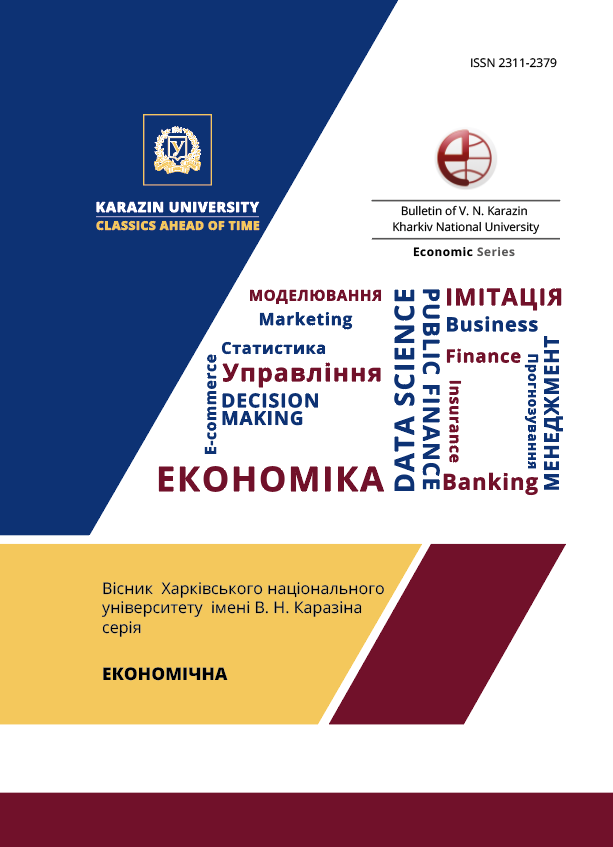Ймовірність бідності: аналіз PPI засобами машинного навчання
Анотація
Останнім часом бідність усвідомлюється як глобальна проблема. Poverty Probability Index (PPI) – один із інструментів її вимірювання. Спираючись на результати опитування про характеристики домогосподарства та володіння активами, PPI розраховує ймовірність того, що домогосподарство живе за межею бідності. В даний час PPI використовується більш ніж у 400 організаціях та підприємствах по всьому світу – міжнародними НУО, соціальними службами, донорами, інвесторами, транснаціональними корпораціями, урядовими та іншими організаціями у різних секторах, включаючи сільське господарство, охорону здоров'я, освіту, енергетику та фінанси. До найвідоміших проектів, заснованих на значеннях PPI, відносяться проекти «Голод» та «Електронний склад», стратегія «Starbucks» щодо колумбійських фермерів. Однак базова модель з двома класами (бідний - багатий), яка лежить в основі індексу, не виділяє в окремий клас більшість населення із середнім рівнем заробітку, яке має шанси як розбагатіти, так і потрапити до класу незаможних з часом і під впливом різних екзогенних факторів. Тому в роботі запропонована модель кластеризації, на основі якої вдалося виявити 3 категорії населення: крім бідних та багатих у ній розглянуті також люди із середнім заробітком. 1) До класу бідних потрапили люди середнього та літнього віку, які проживають у селах. У більшості випадків це заміжні жінки з низьким рівнем грамотності, які не мають ні власного бізнесу, ні банківського рахунку, а часто й телефону. 2) Людина із середнім заробітком – це найчастіше молодий одружений чоловік, із непоганою освітою. У більшості випадків він не є ні інвестором, ні власником бізнесу, у нього немає житла, яке здавалося б в оренду. При цьому зазвичай він є власником мінімум 2 телефонів. 3) До класу багатих потрапили люди обох статей, як самотні, так і сімейні. Це високоосвічені люди, які з великою ймовірністю мають приватний бізнес, інвестиції, квартири в оренді. Запропонована модель допоможе розробляти більш точні інструменти як боротьби з бідністю, так її запобігання.
Завантаження
Посилання
Povertyindex. (2021). About the PPI: A Poverty Measurement Tool. Retrieved from https://www.povertyindex.org/about-ppi.
Wikipedia. (2021). Sustainable development. Retrieved from https://en.wikipedia.org/wiki/Sustainable_ development.
PPI Blog. (2017). Retrieved from https://www.povertyindex.org/blog/all.
UN News. (2021). Europe must seriously fight poverty. Retrieved from https://news.un.org/ru/story/2021/01/1395412.
Kaggle. (2019). Your Machine Learning and Data Science Community. Retrieved from https://www.kaggle.com/johnnyyiu/predicting-poverty.
Euronews. (2021). Why are men paid more than women in Europe? Retrieved from https://ru.euronews.com/next/2021/02/24/real-economy-gender-pay- gap-crash-course.
Institute for Applied Economic Research at the University of Tübingen (IAW). (2021). Educational Research. Retrieved from https://www.iaw.edu/educational-research.html.
National Research University Higher School of Economics (HSE). (2021). XXIII Yasin International Academic Conference on Economic and Social Development. Demography and Labour Markets. Retrieved from https://conf.hse.ru/2022/#test-content3.

